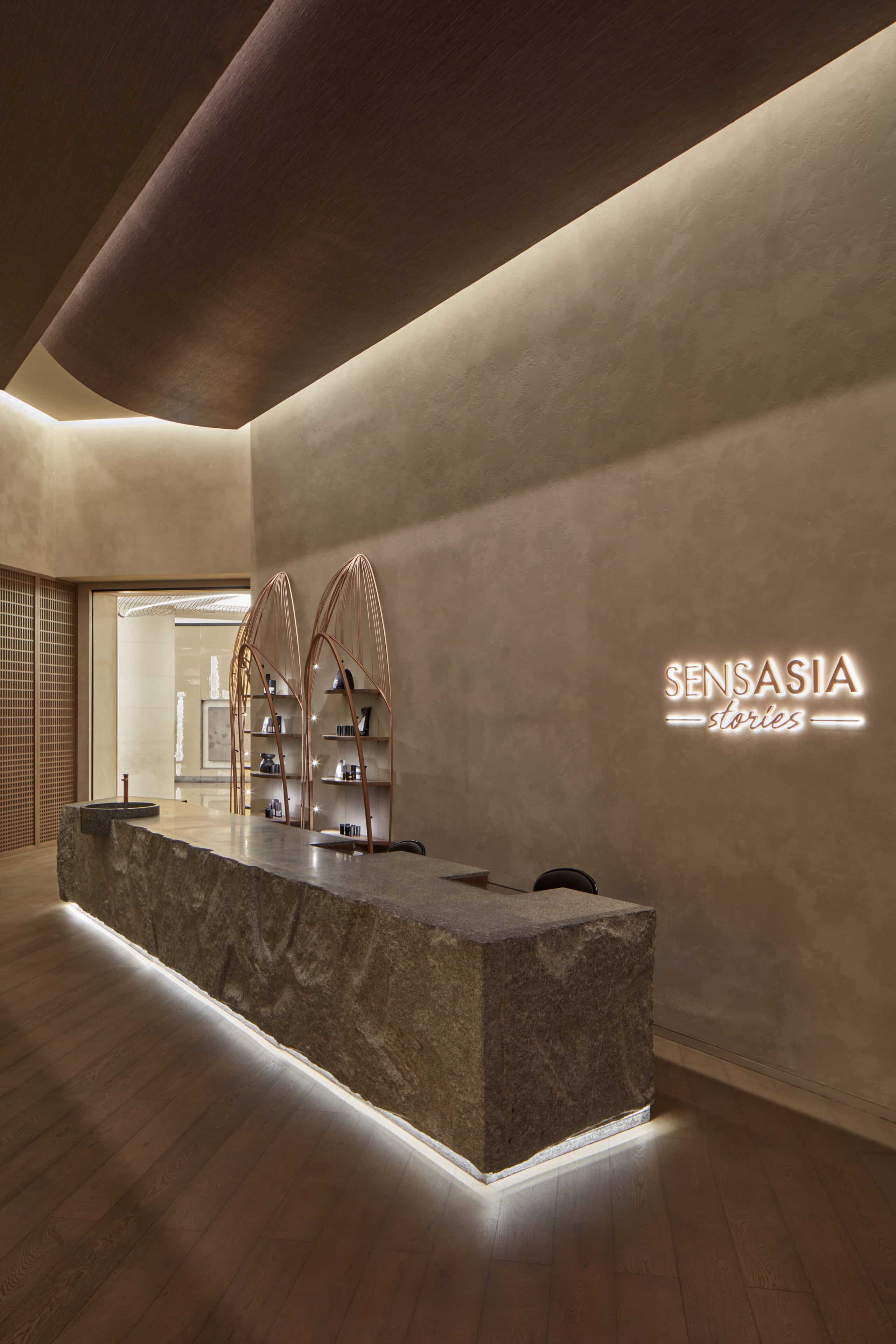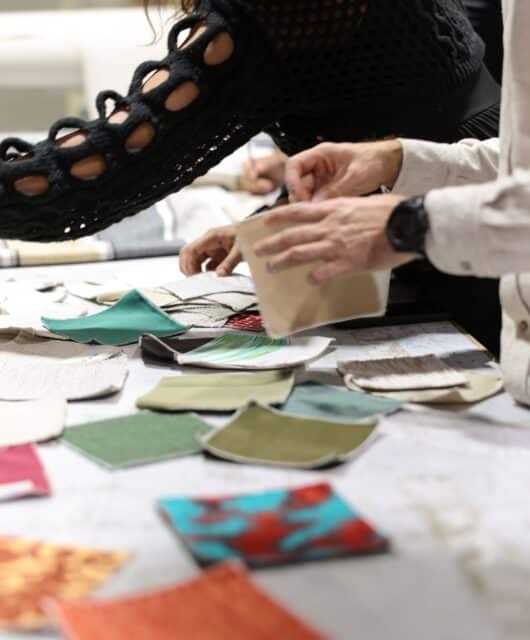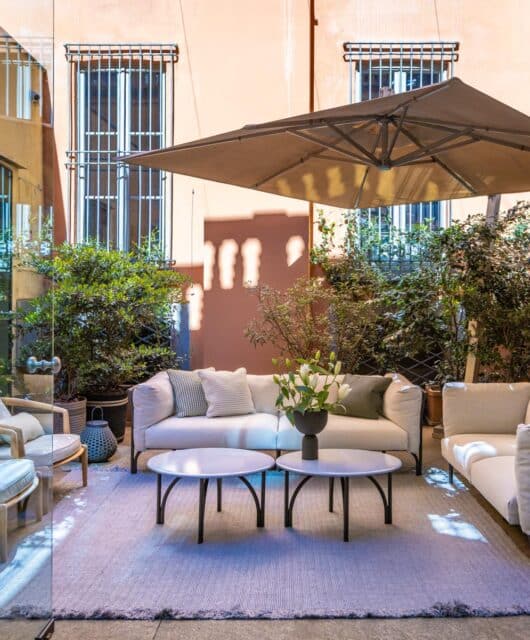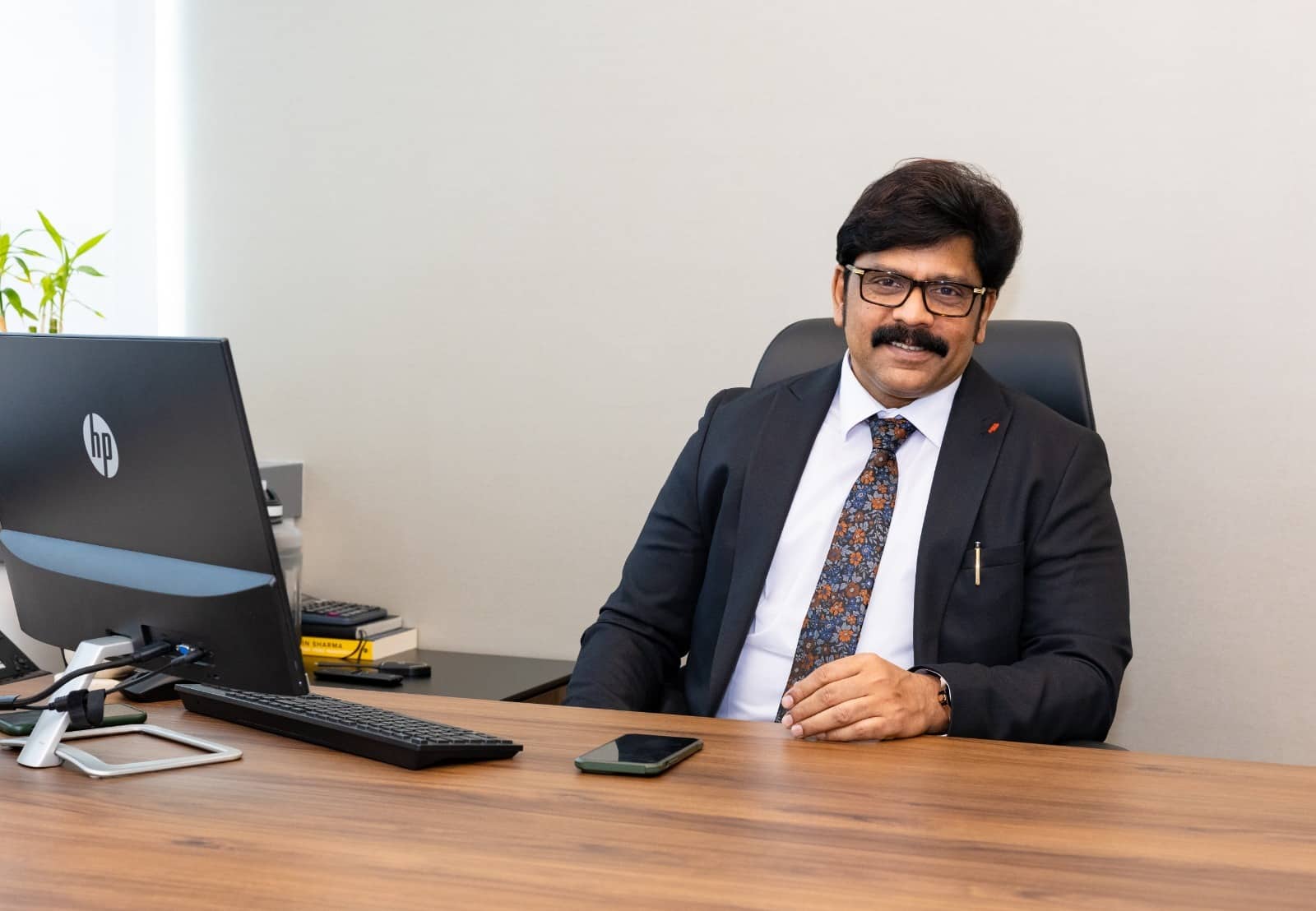 Nikita Chellani, interior designer at Roar, on how social media is influencing the designs
Nikita Chellani, interior designer at Roar, on how social media is influencing the designs
In this day and age, social media is an important tool for design, but it is not the sole performance of what we do. It is incredibly difficult to imagine a personal and professional life without social media. But also, why should we? The reach platforms such as Instagram gives designers, retailers, and the like offers support towards brand recognition and connect your target audience with your trade and services – what is not to love as a business? For interior designers, social media is not only a place to virtually showcase their creativity and ingenuity, but also expand their network to connect with like-minded individuals. Instagram has, without a doubt, become an e-commerce conduit, making it imperative for interior designers to have a strong presence on their channels.
Here are some key indicators to spot an admired designer on Instagram:
– They post visually interesting content that shows off their work
-They don’t shy away from giving credit to their sources of inspiration simply by tagging the user, page or website
– They give insightful tips to their audience in their caption section
– They respond to comments below a post, further engaging with users who are potential new clients
Just by creating compelling content, you visually entice your audience to click on the link, either to get more information on the product or even browse the entire range. You can direct them to your website, where they can find exactly what they are looking for, and at the same time learn more about your business, design philosophy and the clients you work with. Specialists expect short-form content like Instagram Stories to become increasingly popular, as studies show users’ attention spans are becoming shorter. They are the perfect podium to display lighter content meant to showcase your personality, interests, or design details you come across spontaneously that you would like to share with your followers, giving them a quick snippet of what you are and what your style is.

Individuals working in this industry need to not only stay active and relevant on social channels, but they must be aware of which sites to focus on and how best to attract their target audience. While it is always rewarding to have people browsing through a designer’s work or get inspiration, these visits only benefit the industry when the visitor turns into a paying customer. To every benefit, there is also a downside. It is not unusual for some clients to prefer privacy when it comes to the designs they have opted for, hence are displeased by a designer’s extensive use of social media. We, in the industry, need to be very sensitive as to what type of content we are posting and whether a client has given permission to have their space published.
Another disadvantage is through the rise of the social media revolution, designs are very easily being replicated and imitated to recreate the look, leading to original designers sometimes being deemed as unimaginative. As per anecdotal research, 4 out of every 5 interior designers have and maintain a presence on several social network platforms, Instagram being the most widespread. Nevertheless, only 17% of designers state that social media has been of help in promoting their business. In contrast, 85% of designers report word-of mouth advertising has been of great help to them. However, we shouldn’t forego the way that word-of-mouth publicity is conducted. When a satisfied client tells a friend about a designer’s work they have experienced, it is quite possible that they would, to understand the designers’ aesthetic, browse through their social media pages and website.
Despite the growing power of social media, a company website is still a crucial tool for those in the industry. It is quite plausible to believe that social media is a great catalyst for driving traffic to your website, especially in the design industry, where a company website is of more benefit than social media to cater to large-scale portfolios. Ultimately, social media has become a powerful marketing device, which cannot be ignored, but which also cannot be the end goal when designing a project. Design should be about people, about creating beautiful and effective spaces for people to live well in. And whether it ends up on the grid or not!







